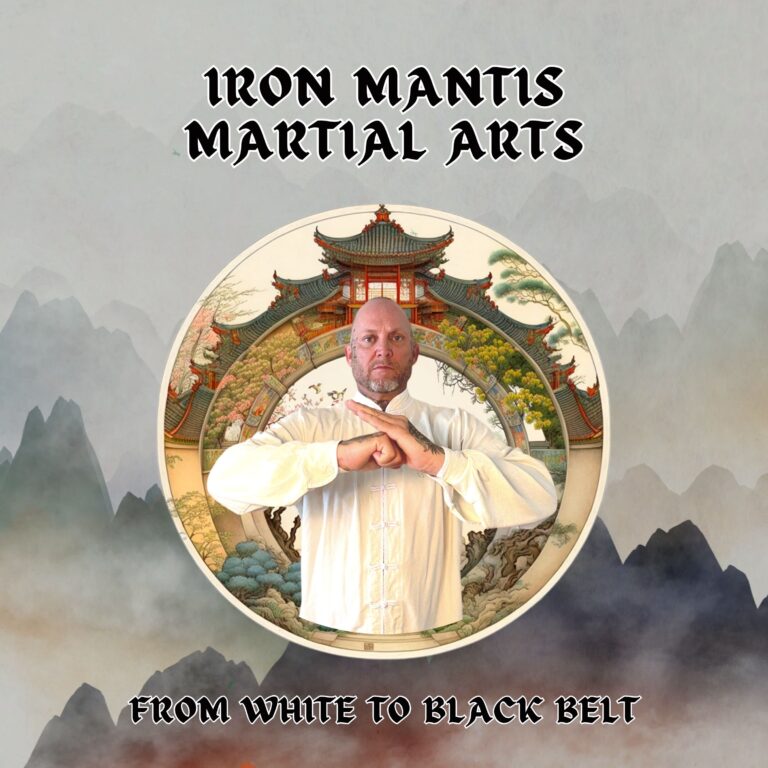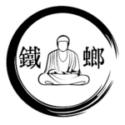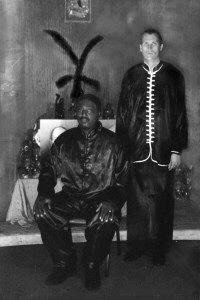
It was January 1992 when I first stepped into Raymond Fogg’s kung fu school in Marshall, Texas. The school was located on the third floor of an old Sears building, a 3000-square-foot space with wooden floors and walls painted in deep red, adorned with Chinese characters and photographs of past masters. The atmosphere was intense, almost sacred. There was an altar with images of late Grand Masters, a heavy bag in the corner, and a weapons rack filled with classical Chinese weapons. This was where my journey truly began.
Raymond Fogg was not just a kung fu teacher; he was a Marine who had served in Vietnam. His training reflected that military discipline. Classes ran from 6 to 9 p.m., and once we bowed in, there was no talking, no water breaks, and no bathroom breaks unless he allowed it. The training was grueling. We practiced forms, iron palm, and iron arm training, but what stood out was the sheer physicality of it all. I remember holding a horse stance for an hour, doing 120 single-leg squats (60 on each leg), and even performing handstands with one-finger push-ups. At the time, I didn’t understand why we were pushing our bodies so hard, but later, when I started full-contact fighting, it all made sense. Stamina was everything.
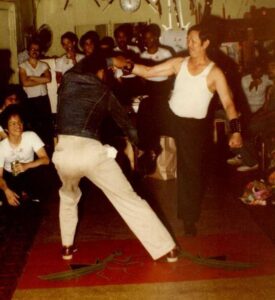
The sparring, which we called “playing hands,” was unlike anything I had experienced before. It was controlled but intense, with lots of grabbing, plucking, and takedowns. It wasn’t full contact, but it could get rough. I’ve walked away with black eyes, busted lips, and even a broken nose. But it was in these moments that I learned to apply everything I had been training—my forms, my flexibility, my strength. It was here that kung fu became more than just movements; it became a way of fighting, a way of life.
One of the most profound influences on my training was Sifu Fogg’s teacher, Ho Yin Chung, Ho Yin Chung’s sifu was Won Han Fan aka Mantis King. He was a master not just of martial arts but of life itself. He was a scholar, a practitioner of Chinese medicine, and a man who embodied the idea of being well-rounded. He taught me the importance of qigong and body conditioning, lessons that have stayed with me to this day. His son, Henry Chung, also became a mentor, and through him, I met Lily Lau, my Eagle Claw kung fu teacher. Eagle Claw was a revelation—athletic, demanding, and incredibly powerful. It pushed my flexibility and strength to new levels, and I fell in love with it immediately.
My journey took me to China with Lily Lau and Brendan Lai, where I competed in tournaments and met some of the most respected masters in the martial arts world. I’ll never forget the moment after winning a silver medal in Beijing when a man approached me and said my style of praying mantis reminded him of his village’s kung fu. It was a humbling and validating experience.
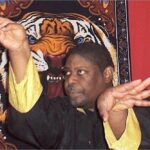
Back in the States, I continued to train with some of the best. Kung Fu Joe, a master of the Tiger Crane system, became a close friend and teacher. His nickname was given to him by karate guys back in the 60s and 70s when he would walk into dojos and challenge their instructors. He never lost, and his reputation as a fighter was legendary. His training was meticulous—every technique had to be perfect, and he wouldn’t let you stop until you got it right.
Then there was Horacio Lopez, my Tai Chi teacher. Lopez Sifu was a healer, both spiritually and physically. His attention to detail in the Yang family Tai Chi forms was unparalleled. He taught me the long form, and it took me years to truly understand its depth and beauty. Through him, I learned that martial arts isn’t just about fighting; it’s about balance, harmony, and healing.
One of the most eye-opening experiences was training with David Pickens, a master of Chinese wrestling. He helped me see the throws and takedowns hidden within my forms. It was like reverse-engineering my own system, and it gave me a new perspective on the art I had been practicing for years.
Throughout my journey, I’ve been fortunate to train with so many incredible masters—Tony Puyo, Steven Laurette, Carl Albright, and Raymond Nelson, to name just a few. Each one brought something unique to my training, whether it was refining my close-range striking, deepening my understanding of qigong, or helping me see the connections between different martial arts styles.
Raymond Nelson, in particular, had a profound impact on me. He was the one who showed me how to bring everything together—qigong, forms, iron palm training—and apply it in real-time during sparring. His teachings changed the way I approached kung fu and how I ran my own school.
Looking back, I realize how lucky I’ve been to have such incredible teachers and friends in the martial arts world. Each one has left a mark on me, not just as a fighter but as a person. Kung fu is more than just a physical practice; it’s a community, a family, and a way of life. And as I continue to train and teach, I’m reminded of the lessons I’ve learned from each of these masters—lessons of discipline, perseverance, and the endless pursuit of mastery.
This is my journey, and it’s far from over. The path of a kung fu warrior is lifelong, and I’m grateful for every step along the way.
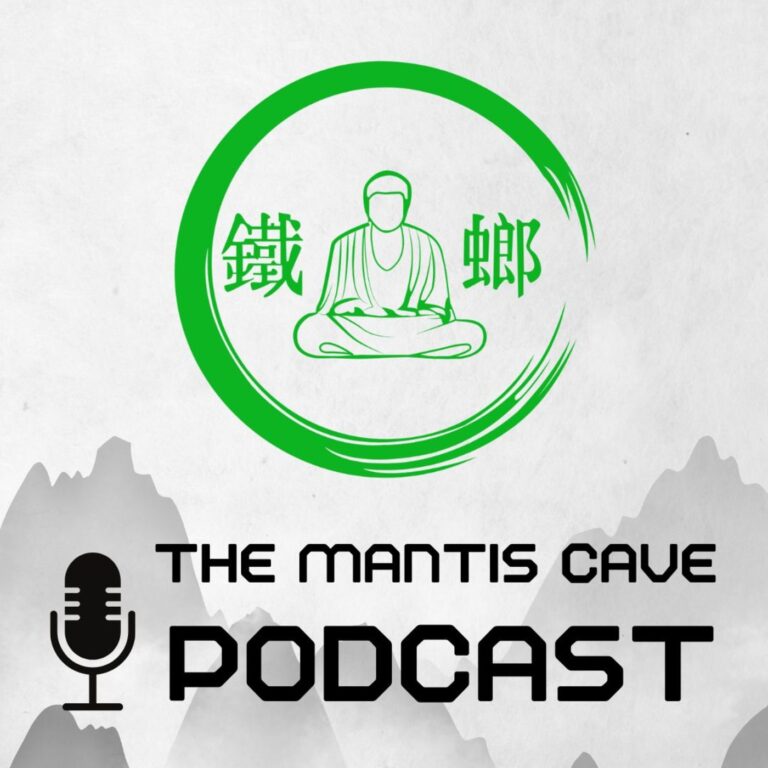
“Welcome to Iron Mantis Chronicles—a sanctuary for warriors, thinkers, and seekers. Here, we dive into the art of mastery, the philosophy of movement, and the stories that shape us. Whether you’re a martial artist or just curious about the world, you’ve found your place.
Prepare to explore the mind, body, and spirit.
The Iron Mantis Chronicles is a podcast that explores the Iron Mantis BOOK I, which combines traditional martial arts like seven-star praying mantis Kung Fu with modern techniques like Brazilian jiu jitsu. The host, Sifu Jeff Hughes, shares insights from his own experience and offers a practical framework for martial arts practitioners of all levels.
